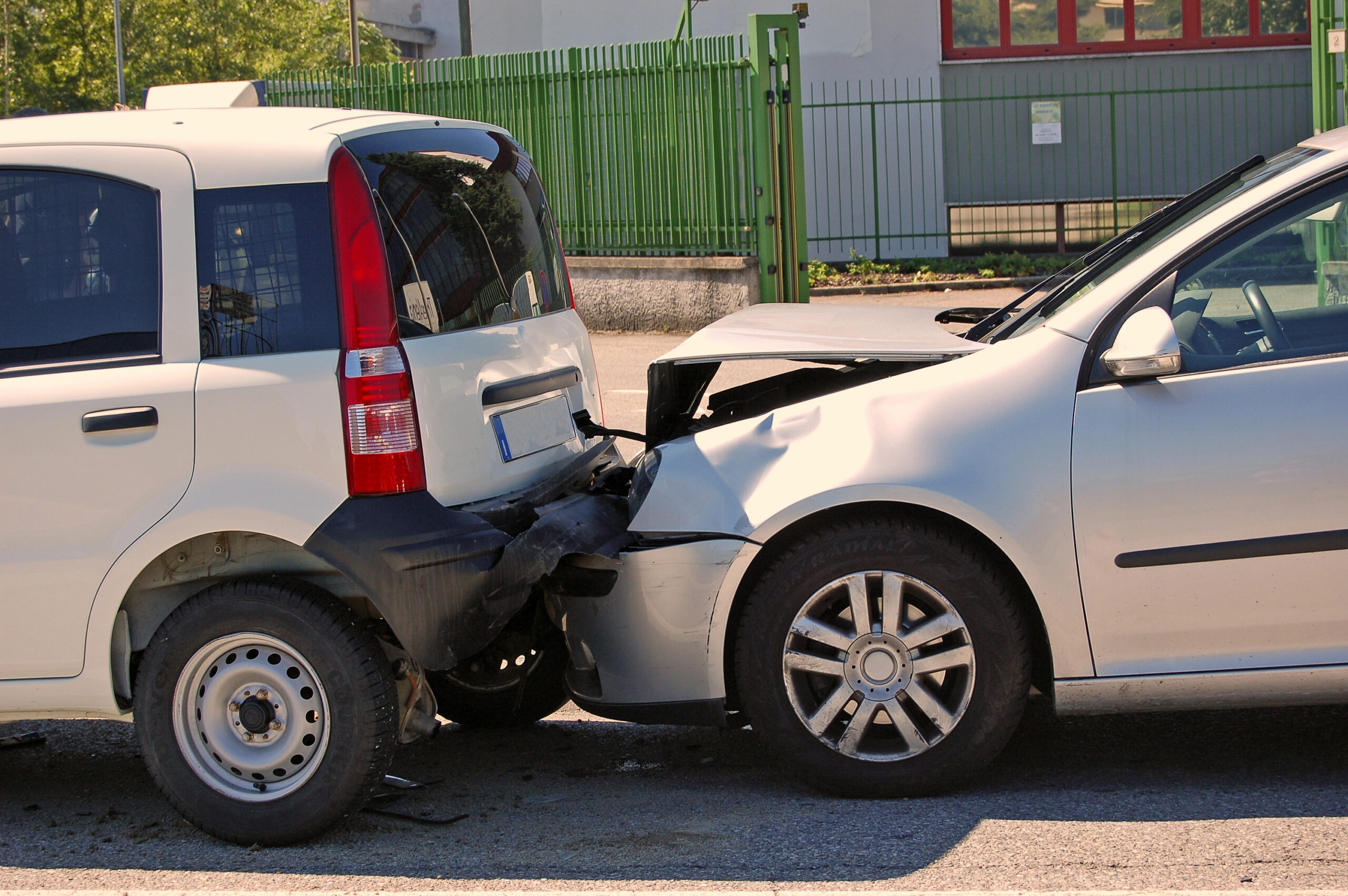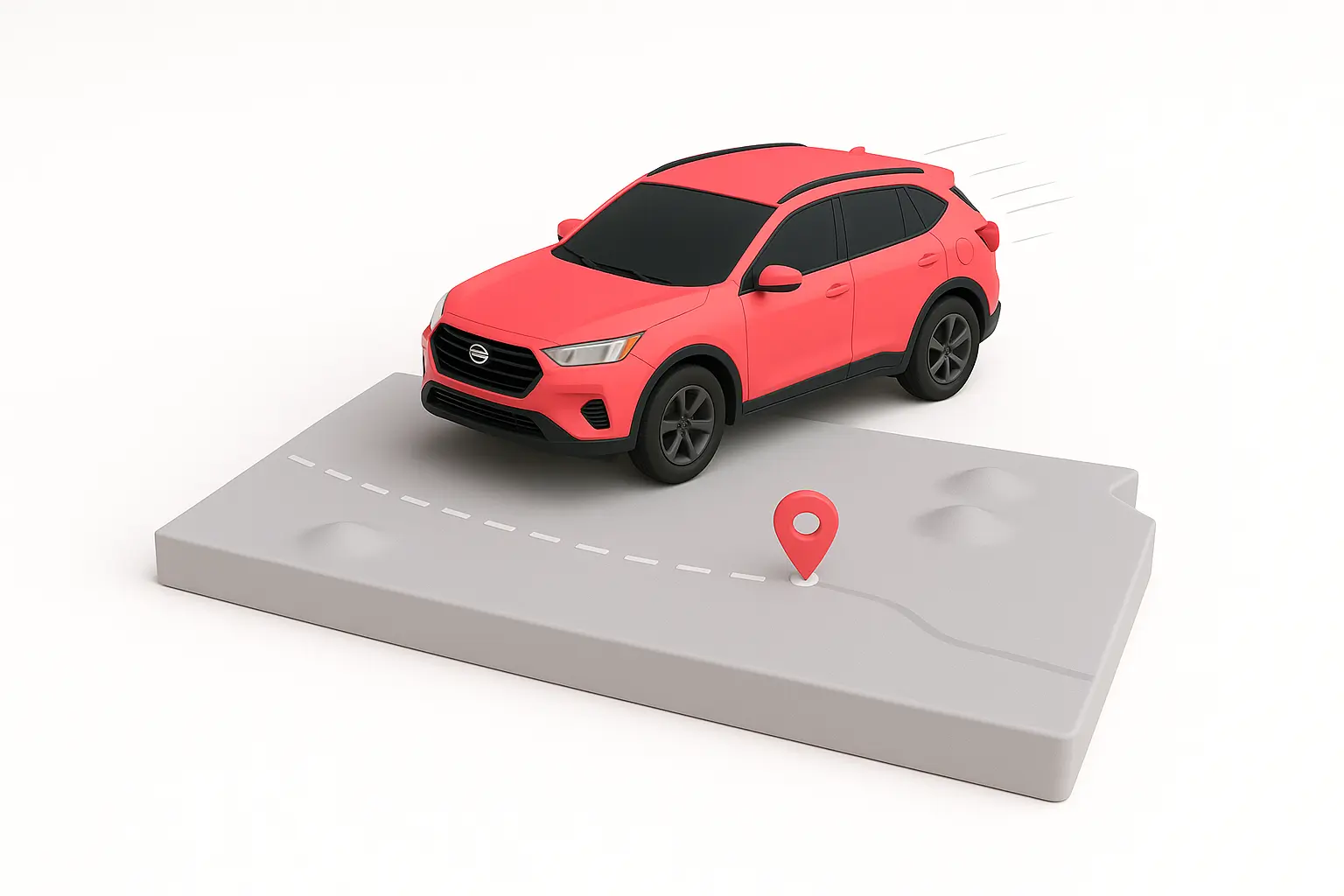There are few worse days than one where you’re in a wreck you didn’t cause. If it should happen to you, though, you can make a claim through the at-fault driver’s liability car insurance. In some cases, your insurer may do it on your behalf if. To get the most from your payout, make sure to document the scene using photos, witness statements and video footage, if necessary.
But first, here’s the quick play-by-play of what to do immediately after any car accident, whether or not it’s your fault.
- Ensure safety.
- Call emergency services.
- Document the scene.
- Exchange information with the other driver(s). Avoid discussing fault or blame at the scene.
- Seek medical attention — even if you don’t feel injured.
- Get a police report.
- Report the accident to your insurance company.
Later, you may consult with an attorney and liaise with insurance adjusters.
Protecting yourself after a not-at-fault accident
Here’s what to do if you’re in an accident another driver caused.
Short-term: Document and communicate
Immediately ask for contact information, driver’s license info and auto insurance information from all involved parties. Take photos at the accident scene and call police to assist, if appropriate.
If you’re wondering how to prove you are not at fault in a car accident, the simplest answer is evidence. It’s smart to create a digital or physical space to keep all your accident-related documents organized.
Here’s what to do when you get into a car accident.
- Document as much as possible, including writing your own account of the crash with notes about weather and traffic conditions. Reach out to witnesses.
- File the official police report.
- Inform your own insurer about the crash even though you’re not at fault, including your documentation. They’ll find out anyway, but insurance companies will often act on your behalf should the claim become a lawsuit, so it’s best they hear from you first.
- Go to the doctor to get checked out, even if you aren’t in pain, within three days. This can be valuable evidence when disputing false claims.
During this time, stay available. Expect contact from your insurance adjuster for more details about the accident. Also continue to document any losses, injuries, or other impacts from the accident, including pain and suffering.
Medium term: Get your car repaired, secure your payout and focus on recovery
Assigning fault can take time. Remain patient and continue to cooperate with the insurance company as the adjustor continues their investigation into the accident.
- Within two weeks: Follow up with your insurance company if you haven’t heard back about the status of your claim.
- Within one month: Expect updates from your insurance company regarding the resolution of your claim, arbitration or negotiations about a settlement with the at-fault party’s insurer.
- Within two months: If a settlement has been reached, your insurance company wil issue your payment.
This is also a good time to consider your legal options. If you’re facing challenges with your insurance company or the other driver’s insurer — or if your property damages and injuries are egregious — get legal advice. Many car accident attorneys offer a free consultation. If your accident case goes to court, a judge or jury may determine the outcome.
Long term: Looking ahead post-accident
After your insurance payout, take the opportunity to review your insurance policy and consider any adjustments or updates based on your experience with the claim process.
Keep in mind that medical issues can also crop up unexpectedly. See a doctor if you suspect it’s related to the incident. If you encounter ongoing medical expenses or disputes during the claim process, don’t hesitate to seek legal advice to protect your rights and interests.
How long does a not-at-fault accident stay on your record?
Three to five years. In the coming months and years, do continue to monitor your rates and consider switching if your new premium increases significantly.
Not-at-fault accidents in no-fault vs. at-fault states
If your car or other property is damaged, the at-fault driver’s property damage liability coverage pays in any case. States have two main systems for handling medical claims after a car accident: At-fault and no-fault.
No-fault states
In a no-fault state, your own insurance company covers your medical expenses and lost wages after an accident, regardless of who was at fault. This means you file a claim with your own insurer, not the other driver’s, paid from personal injury protection (PIP) coverage or MedPay.
Typically, you can only recover medical bills and lost wages with PIP or MedPay. To be compensated for pain and suffering, your injuries must meet specific thresholds, and you would need to sue.
At-fault states
In at-fault states, both insurers investigate the accident to determine fault. This process can be simple or complex, depending on the circumstances.
In an at-fault state, the driver who caused the accident is responsible for the medical bills. Negligence laws also come into play (more on this later). If you’re involved in a no-fault accident in an at-fault state, you can file a claim with the at-fault driver’s insurance company to recover damages, including pain and suffering.
| Feature | No-fault state | At-fault state |
|---|---|---|
| Who pays for medical bills? | Your own insurance company. | The at-fault driver’s insurance company. |
| Damages recoverable | Limited to economic losses (medical bills, lost wages). | Economic and non-economic losses (pain and suffering, loss of consortium). |
| Legal process | Simpler claims process. | More complex legal process, potentially involving lawsuits. |
How is fault determined in a car accident?
Fault after an accident is largely determined by your insurer, or the other driver’s insurer. Once you file a claim, they will review the information, including police reports and witness statements, determine fault and proceed with the claim.
Establishing fault after a crash is critical to ensuring that the not-at-fault party is properly compensated. When you’re found not at fault for a crash, you will file a claim according to your state’s laws, and receive a payout for any injuries or damages you sustained.
Learn more: What is an at-fault accident?
How your insurance works after a not-at-fault accident
Even if you didn’t cause the accident, it’s in your best interest to report it to your own insurer promptly. Reporting ensures that you get timely help managing the claims process, recovering damages, finding repair shops and maximizing your ultimate payout.
Liability insurance, collision coverage, and uninsured/underinsured motorist coverage may all come into play in your not-at-fault accident claim process. Here’s how insurance coverage works if you’re found not at-fault in an accident:
- Liability coverage: You won’t tap into this coverage at all; the at-fault driver’s liability coverage will pay you for damage to your car and your injuries.
- Collision coverage: The at-fault driver’s property damage (PD) coverage pays first, but minimum PD levels are low enough in some states a minimum coverage policy may not pay for everything. You can choose to file against your own collision policy for the remaining coverage. However, this means paying an out-of-pocket deductible and filing a claim, which can cause premiums to increase down the road.
- Uninsured Motorist/Underinsured Motorist (UM/UIM) coverage: If you have it, you can tap into this coverage if the other driver didn’t have enough liability insurance to pay for your damage and injuries.
Depending on the circumstances, you may need to consider legal options such as arbitration or hiring an experienced attorney to get the full settlement you deserve from the other person’s insurance company. If that’s the case, your own insurer may help with the costs of representing you or provide other assistance.
How state laws come into play with not-at-fault accidents
Negligence laws vary by state. These laws affect how fault is determined — and fault affects payout and ability to sue, depending on your degree of fault or negligence.
In some states, even 1% fault is enough to eliminate your right to file. For instance, say you were rear-ended but one of your tail-lights was out. One could argue that you were partially at fault for this accident.
Here’s how to determine the best path forward depending on your state.
- Pure comparative negligence: Each party is responsible for damages in proportion to their degree of fault, regardless of how much they contributed. If the other driver caused 60% of the damage, you could get 60% of your damage paid by them — but they could sue you for 40% of the damage you supposedly caused.
- Modified comparative negligence: Damages are only awarded if your fault does not exceed a certain threshold, typically 50% or 51%. If you’re at least 50% guilty, you can’t collect any damages.
- Pure contributory negligence: You can’t recover any damages if you contributed to your own injury in any way.
So, how do adjusters determine who is at fault? To assign fault, the insurance company will make a final determination based on police reports, witness statements, documentation and other insurance investigations. Remember that there are time limits for filing a lawsuit. Take prompt action.
Will my insurance go up if I’m not at-fault?
Yes, it’s entirely possible for your insurance premiums to go up after an accident even if you weren’t at fault. This is especially true in no-fault states, where premiums are already higher for added liability insurance requirements.
On average, drivers with a history of accidents pay more for car insurance compared to those with a clean record — but the increased rate can change depending on your provider. Here is a look at how much Jerry customers have been quoted for coverage with various providers after a not-at-fault accident.
|
Avg Monthly Quote
|
Insurance Company
|
|---|
|
Avg Monthly Quote
|
Insurance Company
|
|---|---|
| $140 | |
| $204 | |
| $211 | |
| $237 | |
| $238 | |
| $260 | |
| $274 | |
| $282 | |
| $287 | |
| $289 |
FAQ
-
Do not-at-fault accidents affect insurance?
-
Do not-at-fault accidents go on your record?
-
How does insurance work in a car accident when it’s not your fault?
-
What is no-fault insurance?
-
How to deal with an at-fault driver’s insurance company?

Megan Lee is an editor, writer, and SEO expert who specializes in insurance, personal finance, travel, and healthcare. She has been published in U.S. News & World Report, USA Today and elsewhere, and has spoken at conferences like that of NAFSA: Association of International Educators. Megan has built and directed remote content teams and editorial strategies for several websites, including NerdWallet. When she`s not crafting her next piece of content, Megan adventures around her Midwest home base where she likes to drink cortados, attend theme parties, ride her bike and cook Asian food.

Lacie Glover is a Lead Writer and Editor with sixteen years’ experience in the insurance category. Prior to Jerry, she spent more than a decade on NerdWallet’s content team writing, editing and then overseeing the auto insurance category, as well as dabbling in other insurance and automotive topics. Prior to her career in the online personal finance content space, Lacie spent time in the hard sciences, in clinical research and chemistry labs. She has a bachelor’s degree from Colorado State University.









